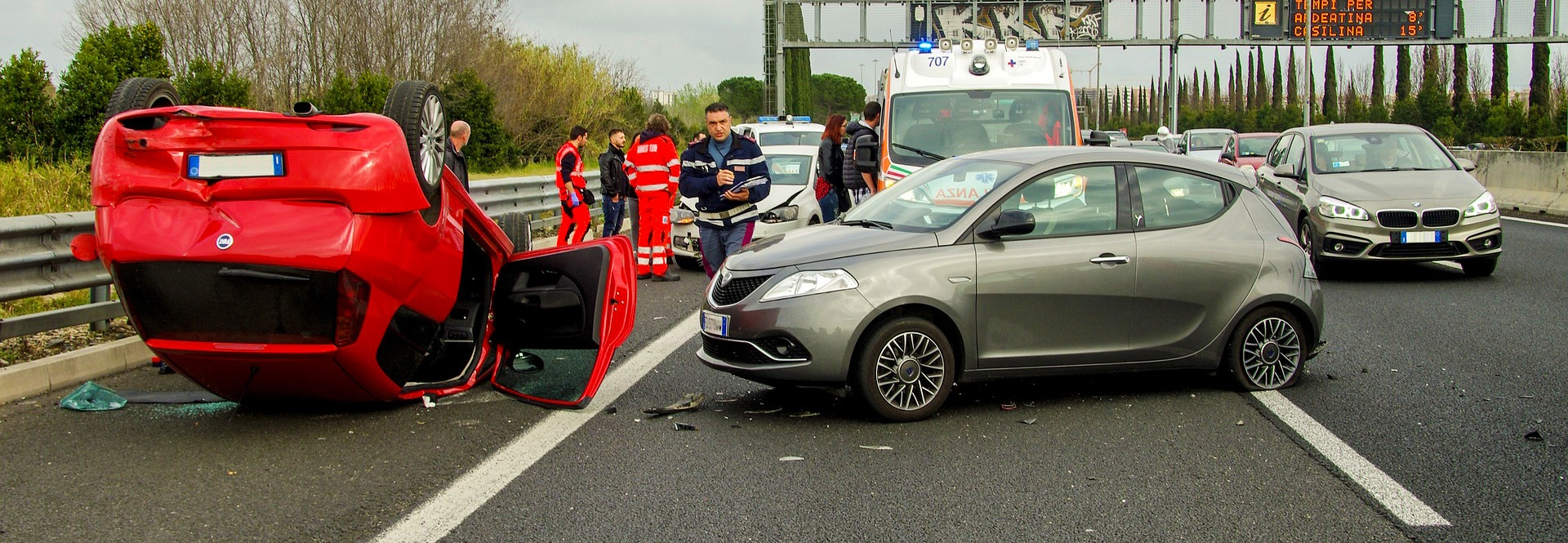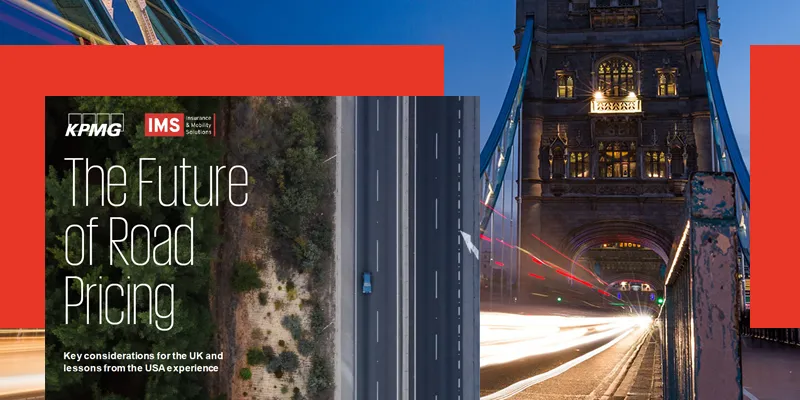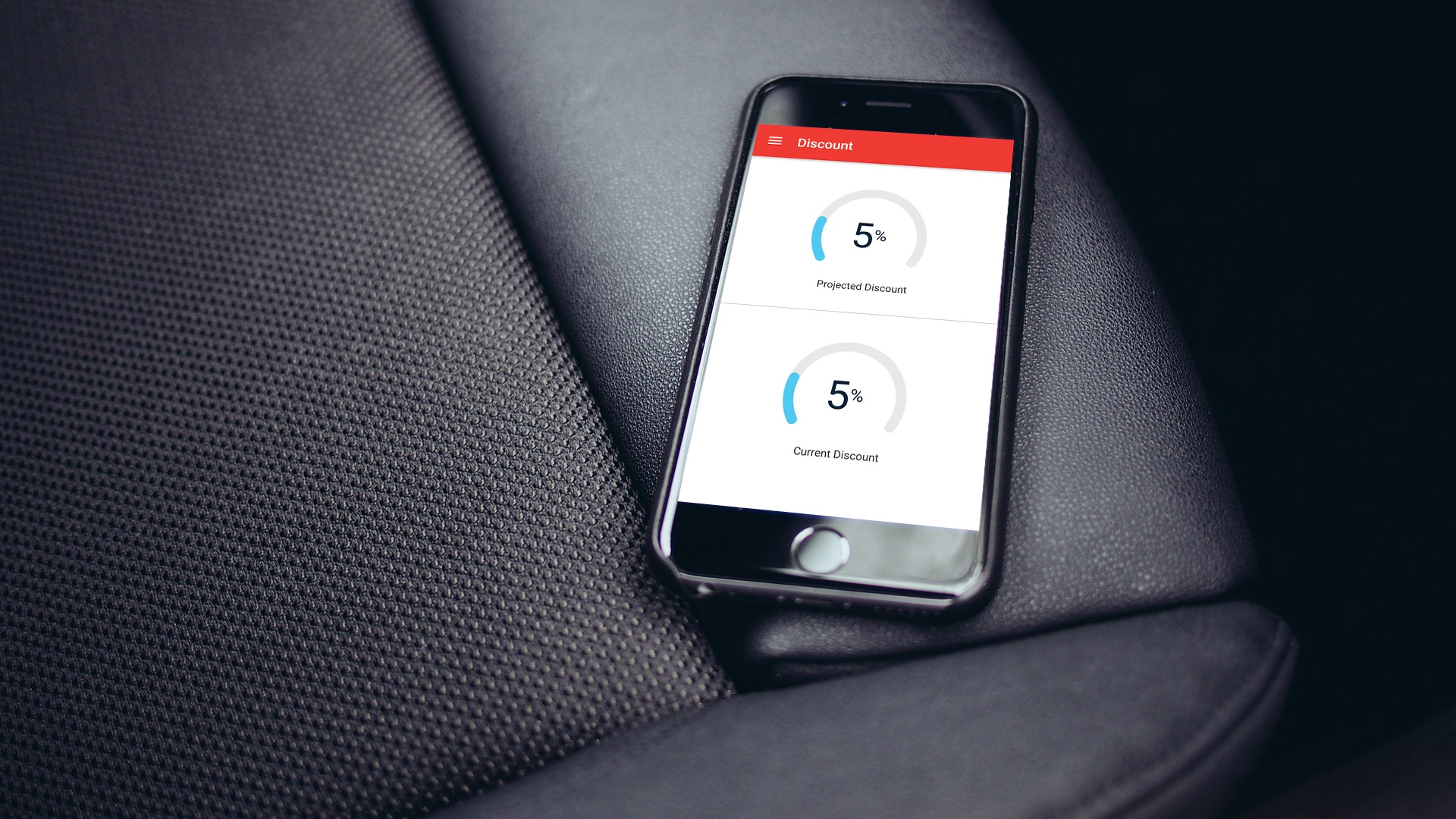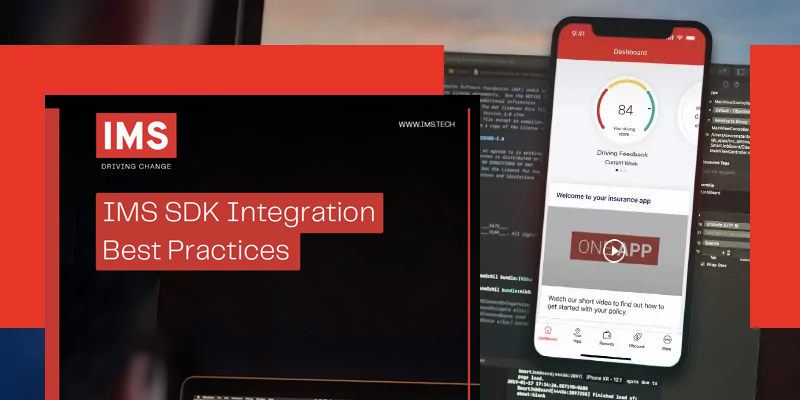
Authored by:

The road pricing landscape in the UK is disjointed and uncoordinated
Various types of road pricing mechanisms currently exist in the UK –duties like the fuel duty, vehicle excise duty, and heavy goods vehicle levy to recoup infrastructure costs, tolling and road user charging schemes like on the M6 or Dartford-Thurrock Crossing, congestion charging schemes such as in London and Durham, and Clean Air Zones or Ultra Low Emission Zones like in London and Bath. These are operated and managed by a wide variety of authorities –central government, local governments, highways authorities and private operators –and use a range of identification technologies and back-office systems which require customers to maintain multiple accounts for the different schemes.
The UK can benefit from the US road pricing experience when developing its road pricing vision and policy
There are opportunities for the UK to draw from lessons of other road pricing schemes across the world. This paper focuses on the experiences of schemes and pilots in the US.
In this paper, we focus our lens on the road pricing context in the UK.
- First, we examine the current system of disparate road pricing schemes across the UK.
- Then, we describe the three factors –declining fuel duty, growing congestion, and customers’ demand for integration and interoperability –that are likely to lead to both an increase in the number of road pricing schemes and a move towards a more coherent road pricing policy and system.
- Finally, to inform the development of the UK’s road pricing vision and the future deployment of new road pricing schemes, we distill a few ‘critical success factors’ from US-based road pricing pilots and schemes –a phased and iterative approach, public consultations and collaborations, and opt-in pricing and information-sharing models focused on maximising consumer choice.






